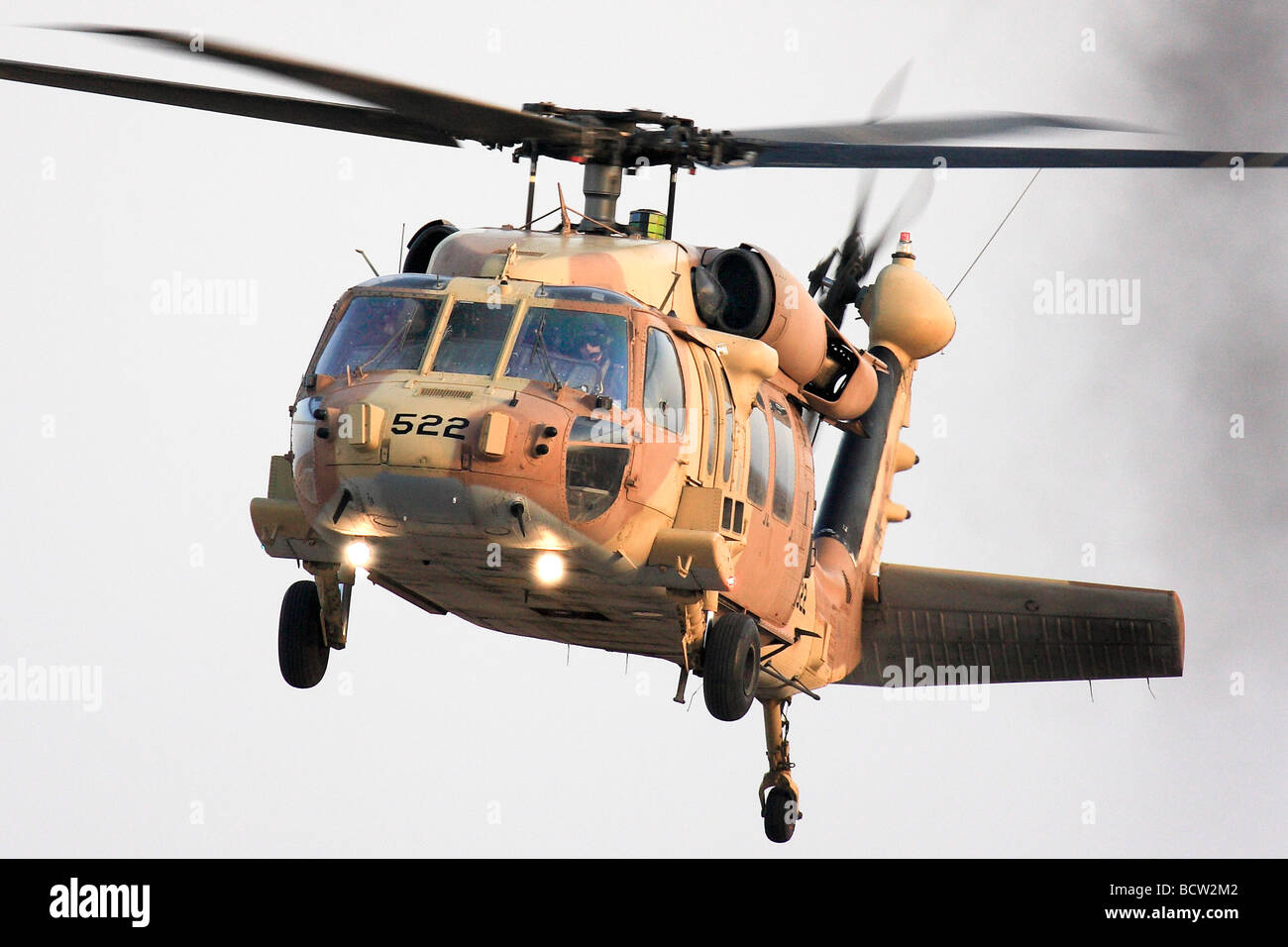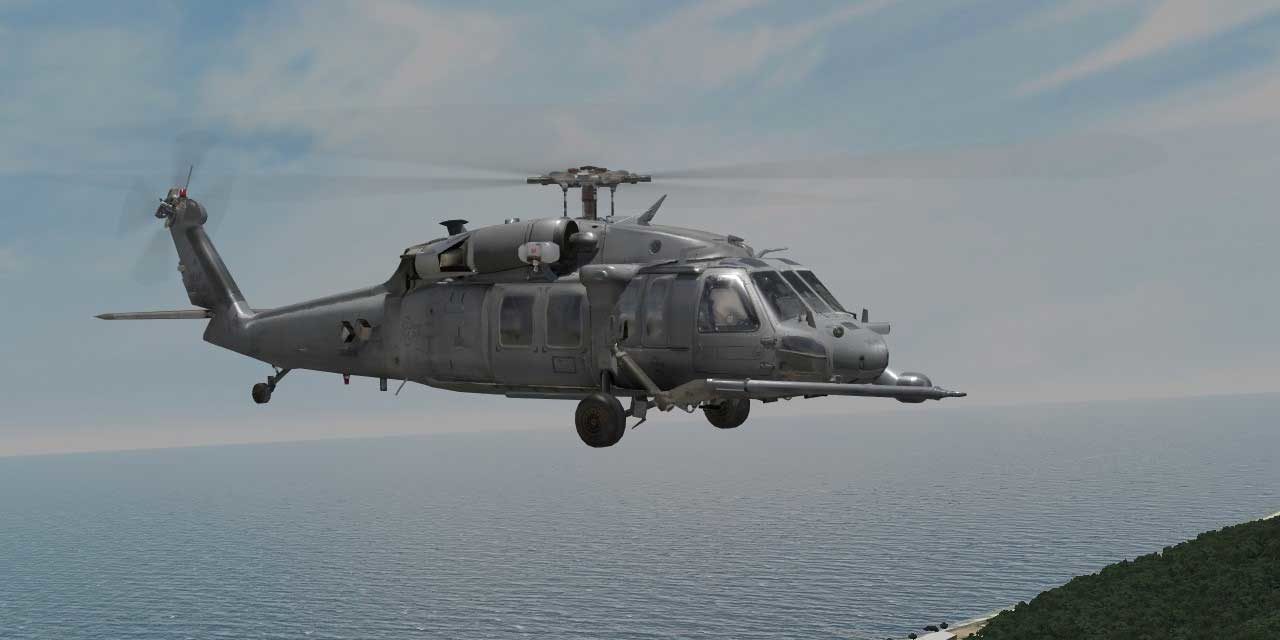Sikorsky S 70: Changing Tactical Procedures with Cutting-Edge Technology
Sikorsky S 70: Changing Tactical Procedures with Cutting-Edge Technology
Blog Article
High-Performance Multi-Role Rotorcraft Featuring Advanced Cabin Technologies and Integrated Sensing Unit Equipments
The realm of rotorcraft technology has seen significant developments in current times, particularly in the world of high-performance multi-role rotorcraft outfitted with cutting-edge cabin technologies and perfectly integrated sensor systems. In the complying with conversation, we will discover the development of rotorcraft innovation, dig into the world of advanced cockpit developments, and analyze the ramifications of incorporated sensor systems on the functional versatility and effectiveness of contemporary rotorcraft.
Evolution of Rotorcraft Technology
The development of rotorcraft technology has actually been marked by significant developments in aerodynamics, materials, and propulsion systems, forming the capacities and efficiency of contemporary rotorcraft. Wind resistant improvements have actually enhanced the effectiveness and maneuverability of rotorcraft, enabling boosted rate, dexterity, and security throughout flight (sikorsky s 70). Innovations in products, such as making use of composite products and progressed alloys, have resulted in lighter yet more powerful rotorcraft frameworks, improving total efficiency and longevity. Additionally, advancements in propulsion systems, including much more effective engines and innovative propulsion modern technologies, have enabled rotorcraft to attain higher elevations, faster speeds, and better payloads.
These advancements have not just transformed the capabilities of rotorcraft yet have additionally broadened their applications across various sectors, consisting of armed forces, industrial, and emergency situation solutions. The continual evolution of rotorcraft technology proceeds to drive innovation in the area, pressing the limits of what is possible and forming the future of vertical flight.
Advanced Cockpit Innovations
Structure upon the foundational improvements in the rules of aerodynamics, materials, and propulsion systems, the realm of rotorcraft technology currently moves focus towards pioneering Advanced Cabin Innovations. The combination of cutting-edge modern technologies within the cockpit environment plays an essential function in enhancing the functional capacities, safety, and efficiency of modern rotorcraft. sikorsky s 70. Advanced Cockpit Innovations incorporate a large selection of functions made to offer pilots with boosted situational awareness, streamlined information monitoring, and user-friendly control user interfaces
One of the crucial advancements in cockpit layout is the application of glass cabins, which change traditional analog gauges with high-resolution displays. These digital systems offer personalized designs, real-time data integration, and improved readability, allowing pilots to access crucial info at a glimpse. Progressed avionics systems, such as fly-by-wire controls and boosted fact display screens, are reinventing how pilots engage with the aircraft, enabling for accurate control and boosted decision-making capacities.


Incorporating sophisticated cockpit technologies not just improves pilot efficiency but additionally adds to total mission performance and security in intricate operational settings. By leveraging modern modern technologies within the cabin, rotorcraft makers are setting brand-new requirements for functional excellence and goal success.
Integrated Sensing Unit Solutions
With the development of rotorcraft modern technology, the integration of sophisticated Integrated Sensor Solution has ended up being paramount in enhancing operational efficiency and security. These Integrated Sensor Systems incorporate a large array of innovations that offer crucial information for different features such as navigation, security, targeting, and environmental tracking. By perfectly incorporating sensing units like radars, video cameras, lidar, and infrared systems into rotorcraft, operators can benefit from boosted situational understanding, enhanced mission abilities, and reduced pilot workload.
One secret advantage of Integrated Sensing unit Systems is their ability to collect real-time data and provide workable insights to pilots and mission drivers. For example, advanced radar systems can detect and track targets over long distances, enabling early risk discovery and efficient reaction planning. Furthermore, integrating electro-optical and infrared cameras allows rotorcraft to carry out reconnaissance and monitoring objectives with precision and accuracy.
In significance, the assimilation of innovative sensing unit technologies into rotorcraft not just enhances operational performance however additionally contributes considerably to total goal success and crew safety and security. As rotorcraft proceed to develop, the duty of Integrated Sensor Equipment will definitely remain at the leading edge of advancement in the aerospace market.
Operational Convenience and Performance
Enhancing operational flexibility and effectiveness in rotorcraft is a natural development from the integration of sophisticated Integrated Sensor Solutions. By leveraging the information and insights given by these cutting-edge sensing unit systems, rotorcraft can maximize their efficiency throughout numerous missions and settings.
Functional versatility incorporates the capacity of rotorcraft to adjust to various duties and circumstances successfully. With sophisticated cabin innovations and integrated sensing unit systems, rotorcraft can effortlessly shift between tasks such as search and rescue, medical discharge, surveillance, and much more. This adaptability boosts the rotorcraft's ability to meet diverse functional demands without requiring comprehensive reconfiguration.
Effectiveness in rotorcraft procedures is essential for optimizing objective effectiveness and source application. Integrated sensing unit systems play a pivotal duty in improving operational efficiency by offering real-time information on climate condition, terrain mapping, target monitoring, and much more. This information makes it possible for pilots to make enlightened decisions promptly, optimize flight paths, conserve fuel, and boost overall mission efficiency.
Influence On Modern Aeronautics Operations

Additionally, the assimilation of advanced sensors promotes boosted mission planning and implementation, enabling rotorcraft to execute a large range of tasks with improved accuracy. From search and rescue operations to airborne firefighting and regulation enforcement goals, the capacities of modern-day rotorcraft furnished with innovative cabin innovations and integrated sensing unit systems are unmatched.
Furthermore, the impact of these advancements extends past operational performance to cost-effectiveness and sustainability. By optimizing flight courses, gas usage, and upkeep timetables, high-performance rotorcraft furnished with innovative cockpit technologies and sensing units add to lowering functional prices and ecological influence, making them vital possessions in contemporary air travel procedures.
Verdict
Finally, the look at this now high-performance multi-role rotorcraft with sophisticated cabin these details technologies and incorporated sensor systems represents a considerable advancement in aviation modern technology. These advancements boost operational flexibility and effectiveness, eventually affecting contemporary aviation procedures in a favorable method. The combination of these sophisticated innovations enables improved abilities and efficiency in different objective scenarios, showcasing the continued improvement of rotorcraft technology in the air travel sector.
The realm of rotorcraft technology has seen notable innovations in current times, specifically in the realm of high-performance multi-role rotorcraft outfitted with cutting-edge cockpit modern technologies and seamlessly integrated sensor systems. From enhanced objective convenience to enhanced functional efficiency, the merging of innovative cockpit innovations and incorporated sensor systems has actually ushered in a new age of opportunities for rotorcraft applications. In the complying with discussion, we will certainly explore the development of rotorcraft technology, delve right into the realm of advanced cockpit advancements, and check out the effects of incorporated sensing unit systems on the functional versatility and efficiency of modern-day rotorcraft.

Report this page